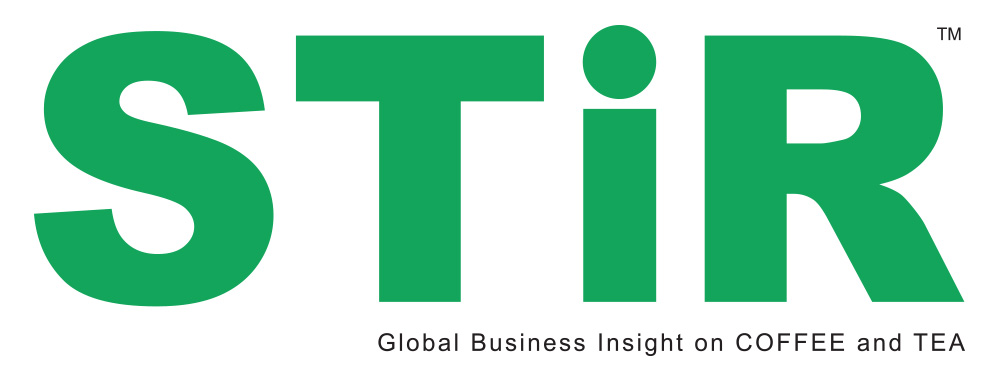UK
Surprises in the global tea industry come from consumers and work their way back to producers. Recent examples are bubble tea sweeping across Asia from its Taiwan niche and now taking off in Europe and the US, cheese tea that sounds unlikely to build a market, and matcha moving from an expensive, specialized fine tea to a superfood, beer ingredient, latte and wellness tea.
Perhaps the biggest surprise is China becoming a major export market for Indian and Sri Lankan black tea and English name brand tea bags. China produces 2,600 million kilograms of tea a year. 80% of this is green and 18% oolong, with black, white, and puehr together totaling 2%. It imports around 340 mkg annually, almost exactly 10% of its own export volumes.
The China surprise is the very recent demand for often average quality black tea in the world’s largest and longest-lasting green tea culture.
Here are recent figures:
• Indian shipments to China rose to 8.3 million kilos in 2017, from 5.5 mkg in 2016. 98% of India’s production is black tea so the two countries are not in competition with each other in the intensely competitive global market so there is plenty of room for growth.
• Sri Lanka’s exports to China grew 30% in 2017, to 9.9 mkg. Over the past years, they have increased by 230%
• Lipton is established as the upmarket brand leader in China. Its low-end tea bags are hip among the Chinese young and Lipton markets aggressively to them. Brands are new to China’s tea industry, which has always been marked by local distribution and regional and pedigree names (Wuyi Tie Guan Tin, Longjing Dragonwell.) One well-publicized initiative is Lipton linking up with top Chinese fashion designers to launch its pop-up tea bar at Shanghai’s Fashion Week.
• British tea houses are proliferating in China’s major cities. Annvita’s Victorian living room stores have expanded to over a hundred locations. This probably makes it the world’s largest server of cucumber sandwiches. Its Taiwan-born founder, Ann Chiang, targets younger, well-educated professionals, particularly women. Annvita is able to charge $30 a pot for British Rose, Earl Grey, and Darjeeling tea,
• Sales of Taylor of Harrogate’s Earl Grey and English Breakfast teas have doubled in each of the past three years. Upmarket younger shoppers associate tea bags with safe and clean and seem strongly influenced by the posh British culture portrayed in such TV series as Downton Abbey and Sherlock Holmes. Much of the growth is in Hong King but also Shanghai and Beijing.
Black tea from India, Sri Lanka, Kenya, and Uganda as growth markets in a green tea culture… English everyday teabags selling as luxury… and cucumber sandwiches in Shanghai… What’s the next consumer surprise?


Comments (1)
Comment FeedWhere is Hong King
Hong King more than 6 years ago